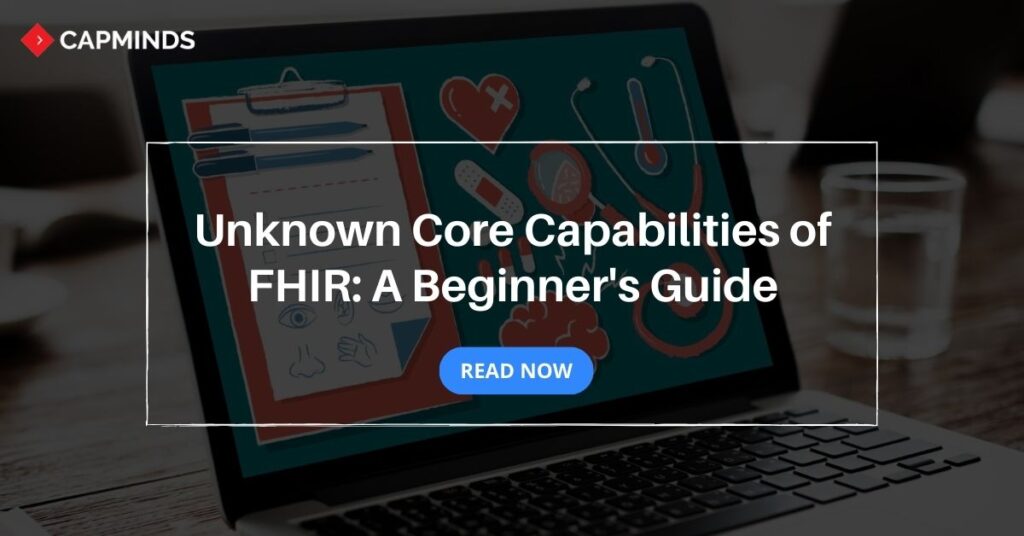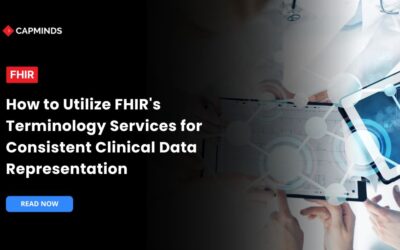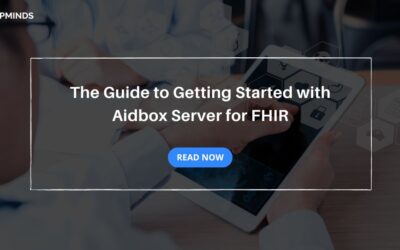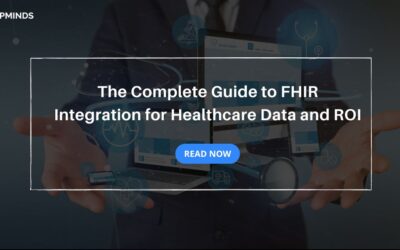Unknown Core Capabilities of FHIR: A Beginner’s Guide
FHIR has become a common Interoperability standard used by USA Healthcare Practices. As an open-sourced standard, FHIR enables easier interoperability and integration between healthcare systems and applications.
While there are common capabilities of FHIR like APIs, resource modeling, and terminology buildings, some unknown powerful capabilities are built into the standard that are less widely understood. This blog post will walk you through the core capabilities of FHIR that will unlock the full potential of the FHIR standard.
Even if you are just getting started with the FHIR standards, knowing these core capabilities will unlock the full potential of FHIR in Health Interoperability.
Understanding FHIR Standard
FHIR (Fast Healthcare Interoperability Resources) is the Modern Health data exchange standard that enables the healthcare practice to share patient health information like demographics, lab tests, medications, allergies, and more seamlessly between healthcare systems. FHIR aims to make health data exchange faster and easier between healthcare systems. Here are a few key points about FHIR:
- FHIR is an open-source software with various servers and client libraries to help developers adapt the technology more easily.
- FHIR uses modern web standards like JSON, OAuth, REST, etc, making the FHIR integrations easier compared to older standards like HL7 V2.x.
- FHIR supports security features like authentication and authorization to appropriately control access to patient health data.
Though it offers a vast range of features like data mining, data management, data integration, data exchange, and more, there are a few core capabilities that you probably may not know of.
Related: The Use of HL7 FHIR in OpenEMR: An Exclusive Comprehensive Guide
Core Capabilities of FHIR
1. FHIR Path
One of the main core capabilities of FHIR is the FHIR Path – a Path-based language for retrieving data from FHIR resources. It mainly uses simple path-based to express queries across JSON structures.
FHIR Path enables complex writing queries without having to use general programming language. Here are some key features of the FHIR Path:
- Filter resources based on the criteria
- Return partial results by indexing into resources
- Sort results set
- FHIR Path can be used for any information model as it acts as an abstract model.
- Chain expressions to form queries
FHIR Path is an essential tool that extracts health data from the FHIR server.
2. Graph QL Support
Using Graph QL provides an alternative querying mechanism for FHIR servers. Graph QL in FHIR allows the users to specify in a single request exactly the data they need from one or more resources. The Graph QL ensures that only requested fields are returned.
This enables the users to avoid over-fetching data. Graph QL schemes can automatically generate FHIR resource definitions.
Graph QL offers flexibility and precisions not easily achievable with standard APIs. Existing GraphQL client libraries can be leveraged. However, GraphQL may add more implementation capacity on the server side.
3. Bulk Data APIs
When use cases involve larger data sets, the Bulk Data APIs come into play. FHIR defines bulk data APIs to export and digest resources efficiently. The NDJSON avoids having to parse or hold an entire large JSON File in memory.
Bulk APIs also specify multiple resources per request to reduce talkiness. Error handling is robust against network failures through the use of asynchronous import/export operations with retries.
- Bulk export enables analytics on larger FHIR data sets.
- Bulk import allows migrating data or updating many resources at once.
Careful testing is required to tune the performance and resources for bulk operations.
4. Authorization
The FHIR specification provides authorization hooks to control access policies for FHIR APIs. Authorization can be implemented based on user identity, assigned roles, consent policies, contexts, and more. Scope-based access rules can restrict permitted actions on resources.
- Confidential patient data may require specific consent
- Audit logging of access provides transparency
- Authorization services that conform to industry standards like OAuth 2.0 Integrate well with FHIR
- Client Applications should limit data exposure only to authorized users.
Appropriate authorization is crucial for securing sensitive healthcare data while enabling access to treatment.
Related: 8 Benefits of Adopting the FHIR Standard for Healthcare APIs
5. Extensibility
One of the Key strengths of FHIR is the extensibility – adding custom extensions and profiles. The Extensibility mechanism allows adapting base resources for local requirements. Profile constrains core resources by setting cardinalities, value sets, or data types.
- Extensions define how new is not in the base specification
- Terminology bindings customize code systems and value sets
- Extensions can add data needed for specific use cases
- Profiles ensure implementation conforms to rules
With proper design and governance, extensibility enables localized customization of FHIR. However, caution is required as extensive customization can hamper interoperability.
CapMinds Health Data Exchange Solution
Though the capabilities of FHIR are powerful, without the right navigation, healthcare practices find it difficult to interoperability.
For seamless health data exchange, healthcare practices need to rely on an experienced technical team to ensure seamless data exchange between healthcare systems. CapMinds can be your go-to interoperability solution.
Why can CapMinds be your Go-to Interoperability Solution?
- We are experienced professionals with years of experience in the field.
- Our technical team is an expert who will analyze your healthcare practice thoroughly to tailor the Interoperability solution.
- We prioritize safety, security, encryption, and authentication to protect your healthcare practice patient’s data.
- Our comprehensive solution ensures seamless interoperability adhering to industry standards, and using standard protocols.
- We offer comprehensive training sessions to healthcare staff.
- Our affordable health interoperability solution benefits healthcare practice at all levels.
If you want to seamlessly integrate healthcare systems, we will assist you by navigating all the potential challenges and ensuring seamless health data exchange.
Reach out to CapMinds Health Data Exchange Solution for your Healthcare Practice.




